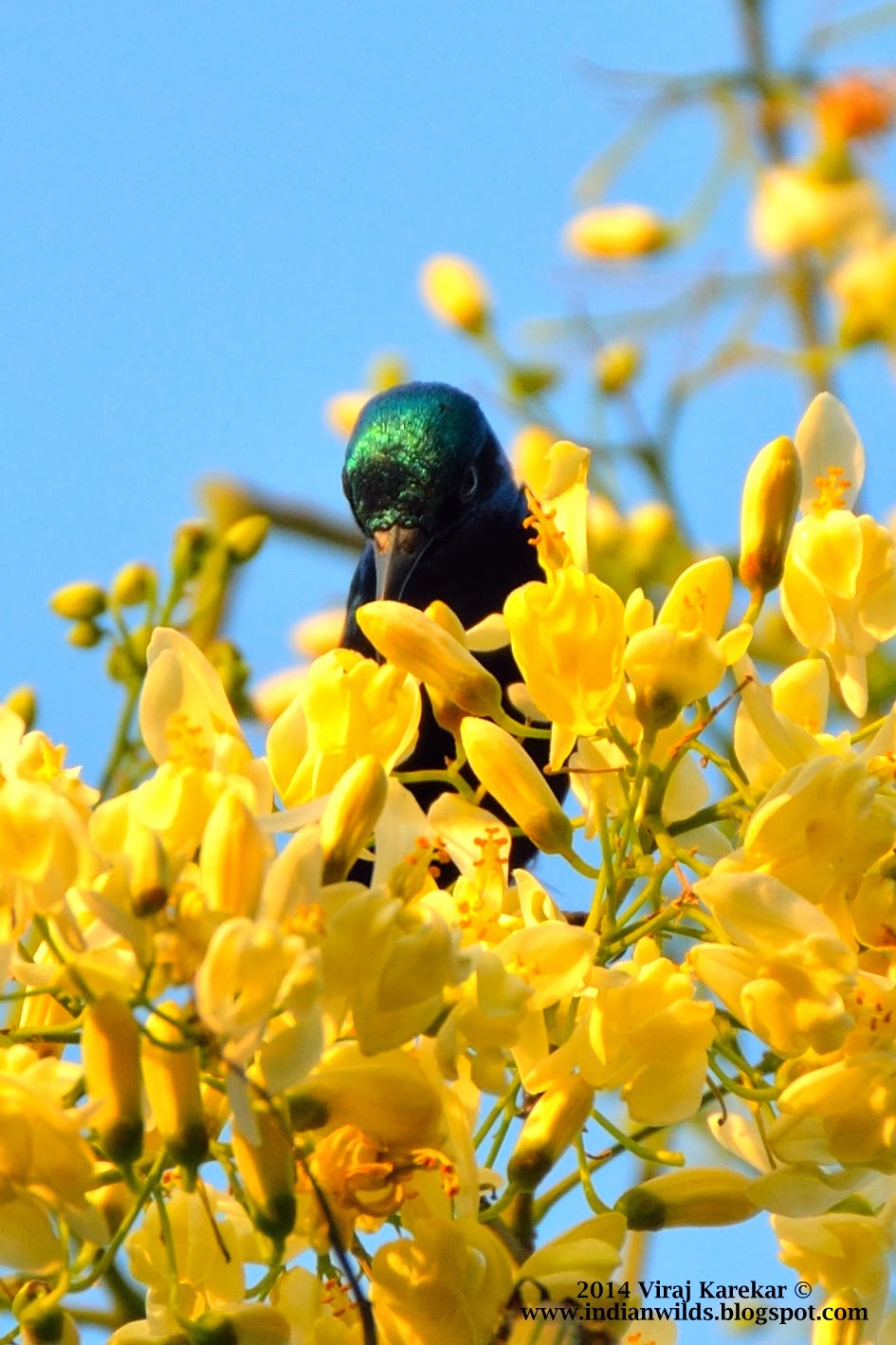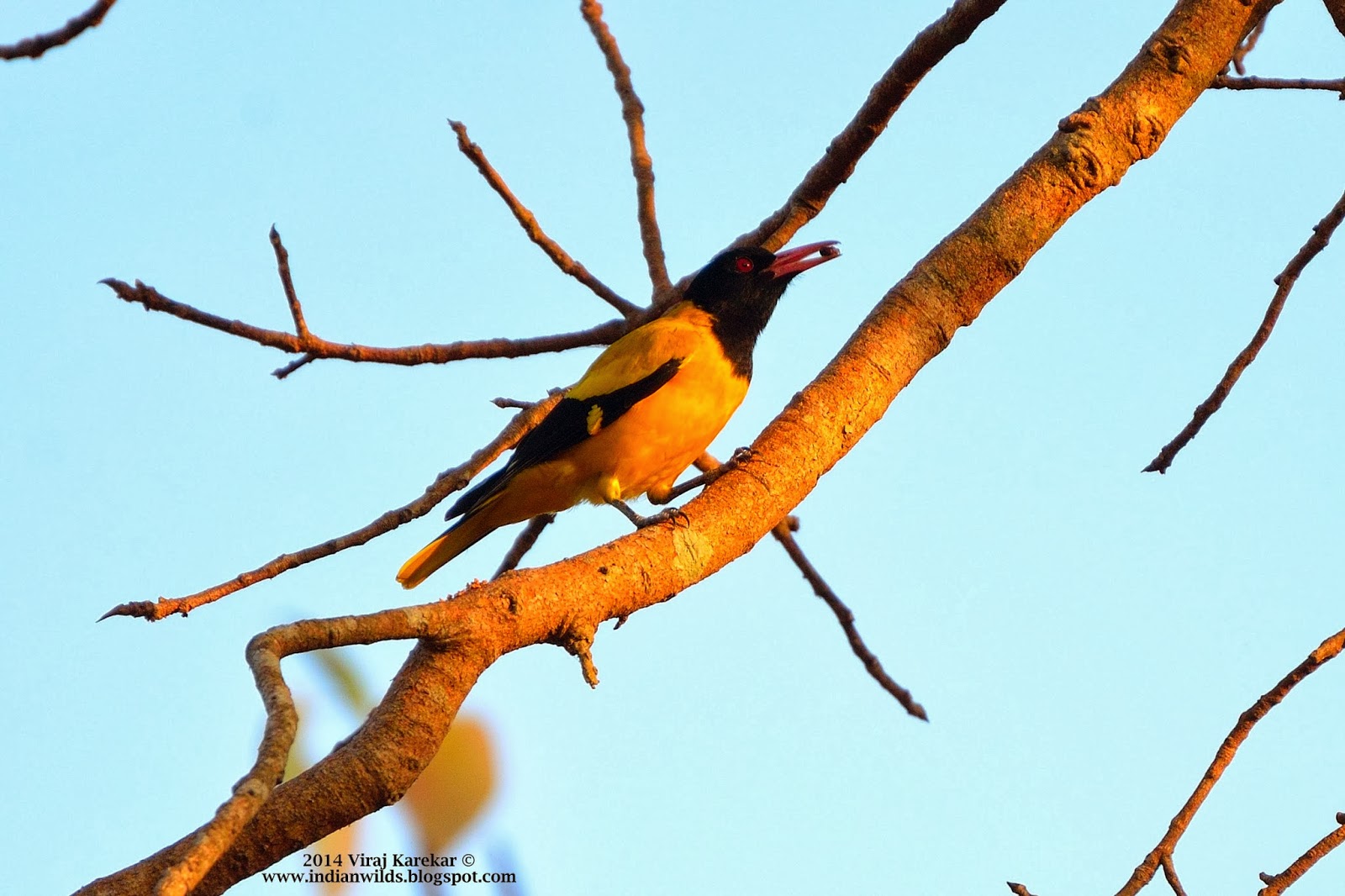Here are some of the photographs which i took during my trip to Marcel. Its a place in the outskirts of Goa. Lovely place for photography. Photographs here are all taken on the 1st and 2nd of January 2014. Hopefully you all will like these photographs..
 |
| Sunrise in the foggy fields of Marcel. A place in Goa.... |
 |
| A photograph captured on 1st January 2014 during a morning walk in Marcel, Goa. |
 |
| A photograph captured on 1st January 2014 during a foggy morning walk in Marcel, Goa. |
 |
| The Purple Sunbird Male. |
 |
| The Purple Sunbird, Male feeding on nectar. |
 |
| Golden- Fronted LeafBird...Chloropsis aurifrons.. Looks like a leaf.. Its black neck and the green body looks awesome... |
 |
| Golden- Fronted LeafBird...Chloropsis aurifrons.. This one was difficult to sight just because it was mimicking the leaves.. Loved this bird.. |
 |
| Golden- Fronted LeafBird...Chloropsis aurifrons.. |
 |
| A family of Parrots.. Seen here are Plum headed Parakeet, Brown Headed Parakeet and green Parrots... |
 |
| A view of the vast Western Ghats... |
 |
| Evenings in the Western Ghats... |
 |
| A view of the Castle Rocks in the Western Ghats... |
























